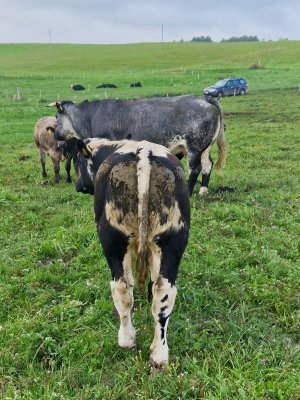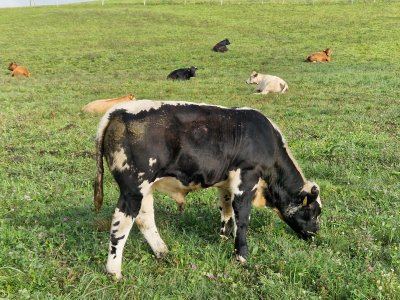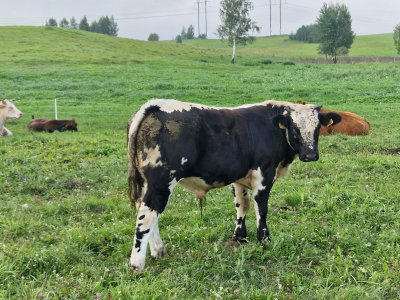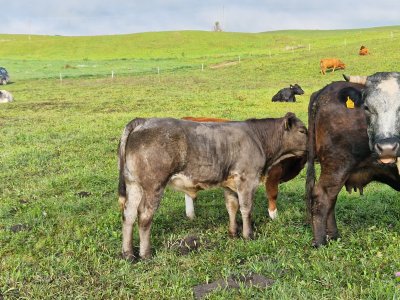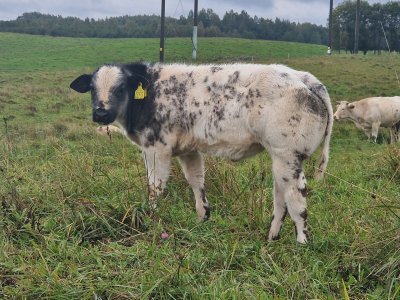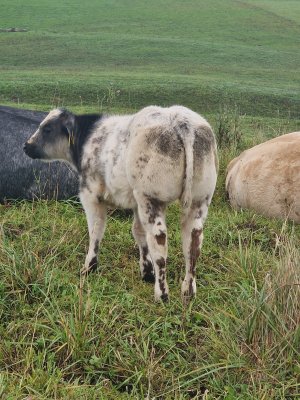lithuanian farmer
Well-known member
Last year born blue heifer from mainly angus cow.
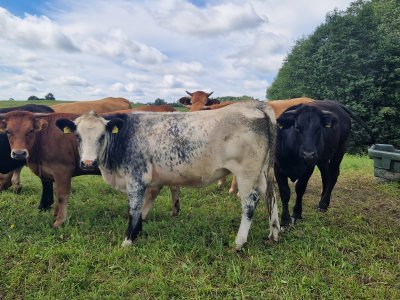
This one will replace her dam next year. This year the dam is raising lim bull calf and she might be the only cow, which got incalf by the last lim bull for the next year calf. Overall she is not a bad cow, but has a slight attitude at the calving time and we would like abit more meaty calves, so at least will have her daughter staying, which should have better quality calves.

This one will replace her dam next year. This year the dam is raising lim bull calf and she might be the only cow, which got incalf by the last lim bull for the next year calf. Overall she is not a bad cow, but has a slight attitude at the calving time and we would like abit more meaty calves, so at least will have her daughter staying, which should have better quality calves.

